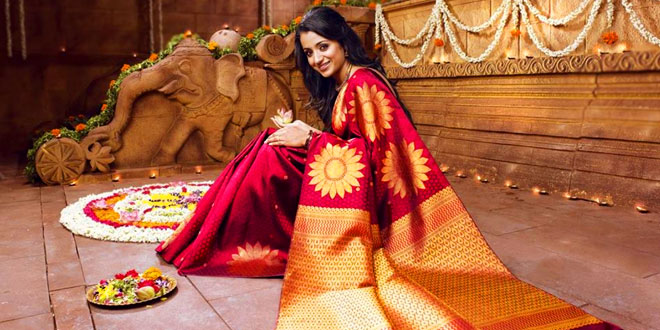Question: Handloomproduction did not completely die in India. Why?
Answer: This was because some types of cloths could not be supplied by machines. Just take the examples of saris with intricate borders and cloths with traditional woven patterns. Machines could not produce them. These had a wide demand not only amongst the rich but also amongst the middle classes. Moreover, the textile manufacturers in Britain could not produce the very coarse cloths used by the poor people in India.
In the late 19th century, Sholapur and Madurai grew as important new centres of weaving. During the national movement, Gandhiji urged people to use hand-spun and handwoven cloth Khadi which gradually became a symbol of nationalism.
Question: Give a brief description of growth of cotton mills in India.
Answer: The first cotton mill in India was set up as a spinning mill in Bombay in 1854. By 1900, over 84 mills started operating in Bombay.
Mills were set up in other cities too. The first mill in Ahmedabad was started in 1861. A year later a mill was established in Kanpur, in the United Provinces. Growth of cotton mills led to a demand for labor. As a result, thousands of poor peasants, artisans and agricultural laborers moved to cities to work in the mills.
Question: Who are the Agarias? Why did they leave their village?
Answer: The Agarias are a community of iron smelters. They are specialized in the craft of iron smelting. In the late 19th century a series of famines devastated the dry tracts of India. In central India, many of the Agaria iron smelters stopped work, deserted their villages and migrated, looking for some other work to survive the hard times. A large number of them never worked their furnaces again.
Question: What is bandanna?
Answer: Bandanna is a brightly colored and printed scarf for the neck or head. Originally, the term derived from the word ‘bandhna’ and referred to a variety of brightly colored cloth produced through a method of tying and dying.
Question: How do the names of different textiles tell us about their history?
Answer: European traders first saw fine cotton cloth from India carried by Arab merchants in Mosul in present-day Iraq. Hence, they began to refer to all finally woven textiles as muslino. When the Portuguese first came to India in search of spices, they landed in Calicut on the Kerala coast in south-west India. The cotton textiles which they took back to Europe came to be known as calico, which is derived from Calicut.
Printed cotton cloths called chintz, cossaes or khassa and bandanna were also in great demand. The chintz is derived from the Hindi word chhint, a cloth with small and colorful flowery designs. The word bandanna is referred to any brightly colored and printed scarf for the neck or head. Originally, the term derived from the word ‘bandhna’ (Hindi for tying) and referred to a variety of brightly colored cloth produced through a method of tying and dying.
 Class Notes NCERT Solutions for CBSE Students
Class Notes NCERT Solutions for CBSE Students



Very useful!